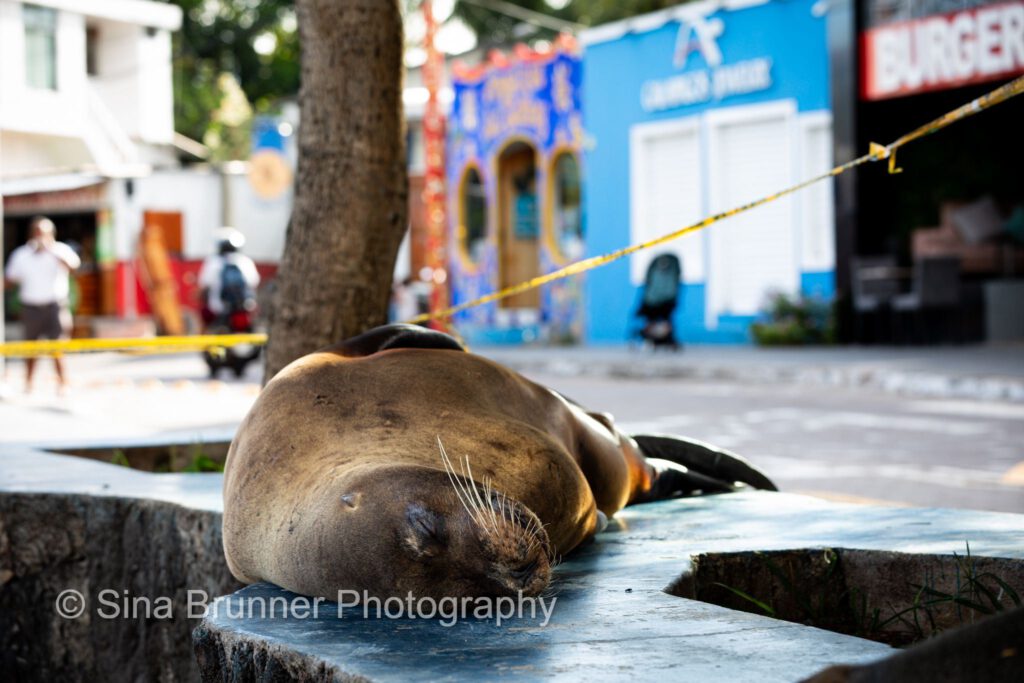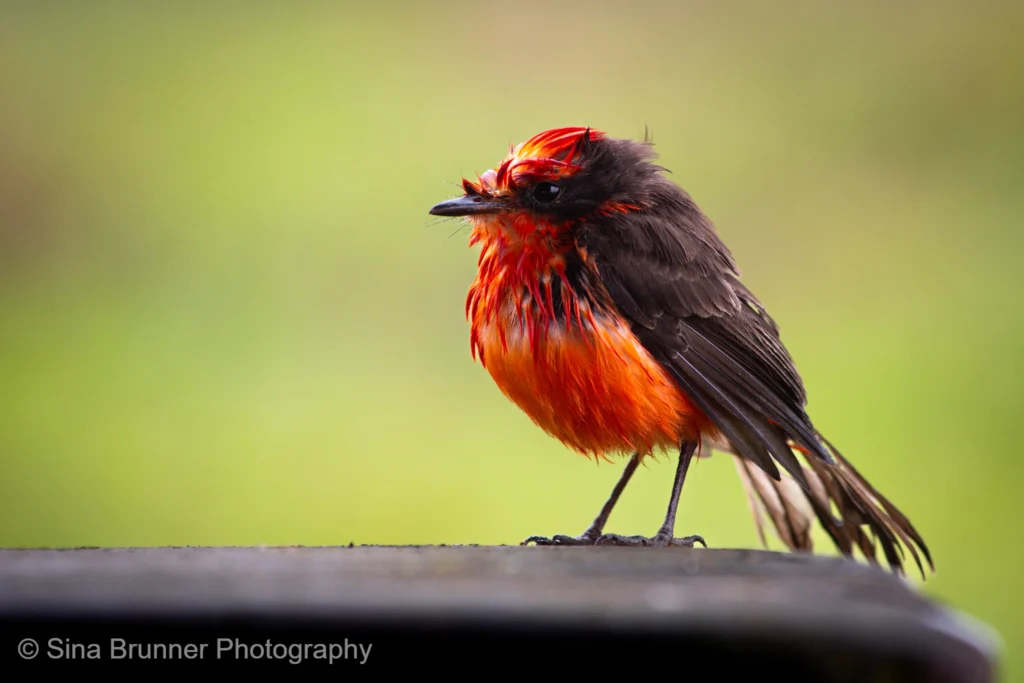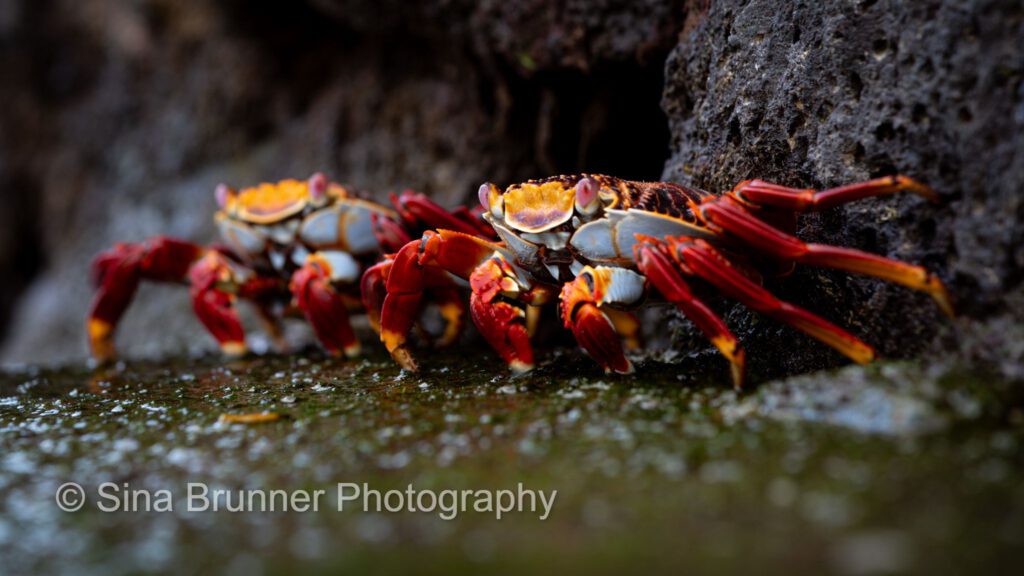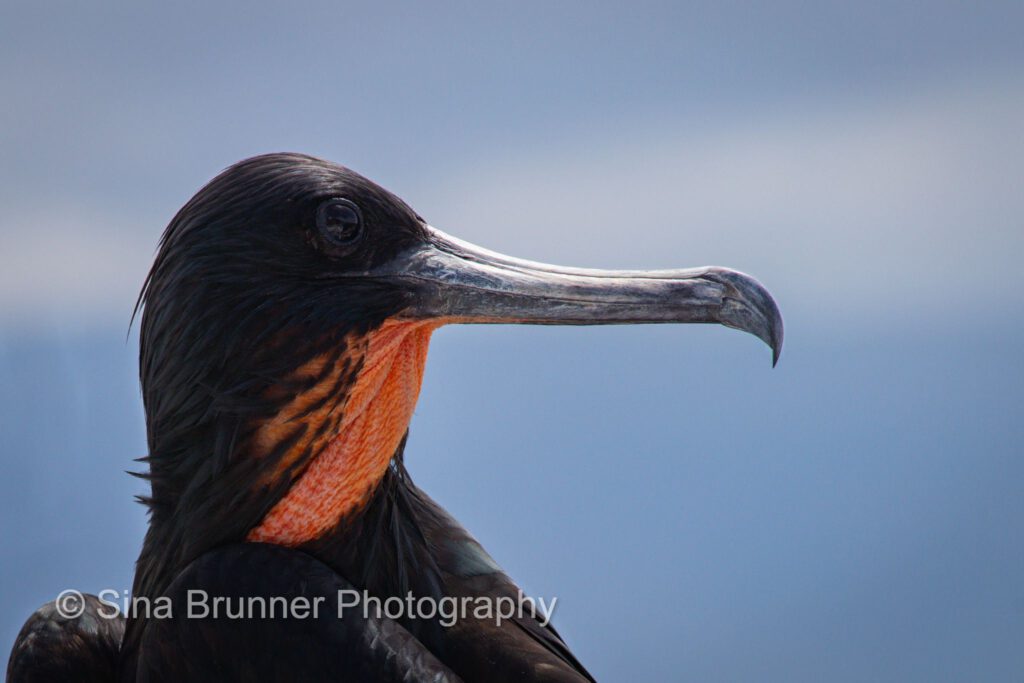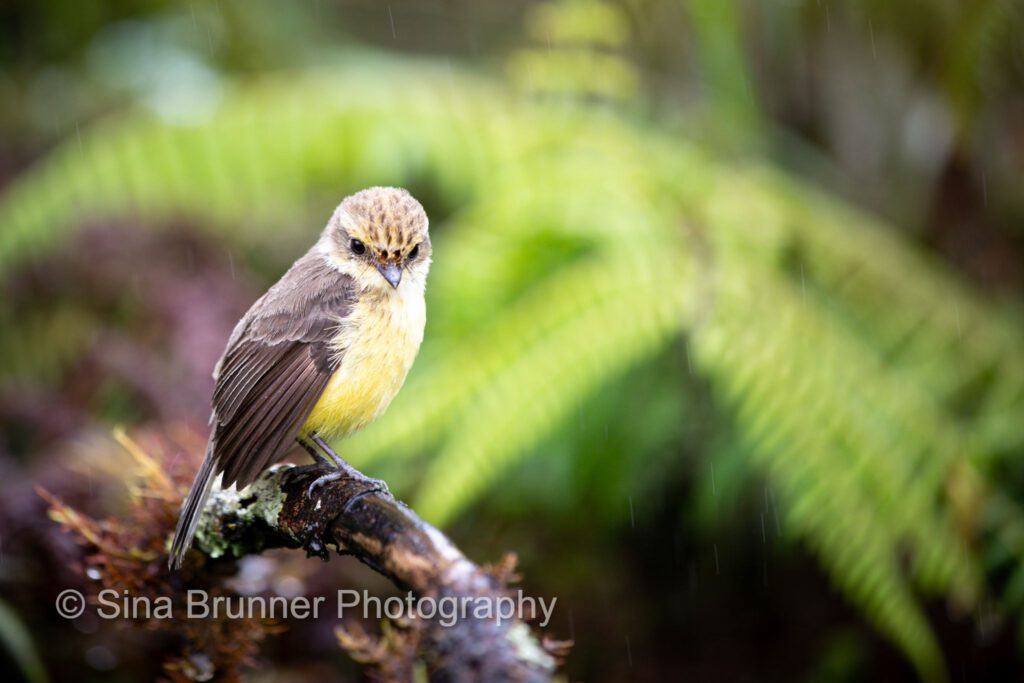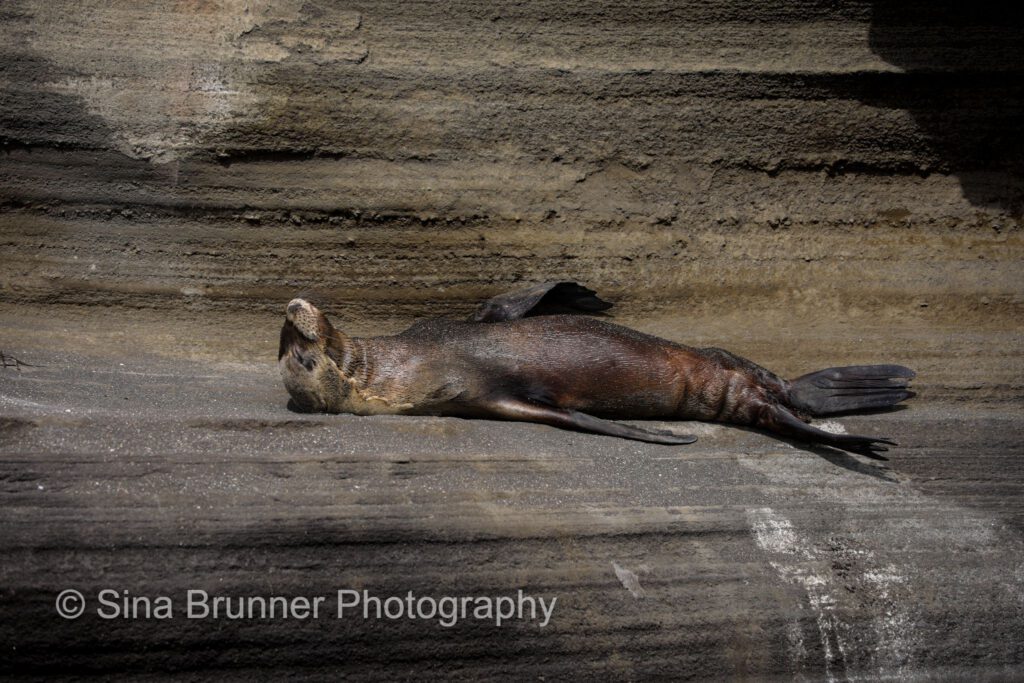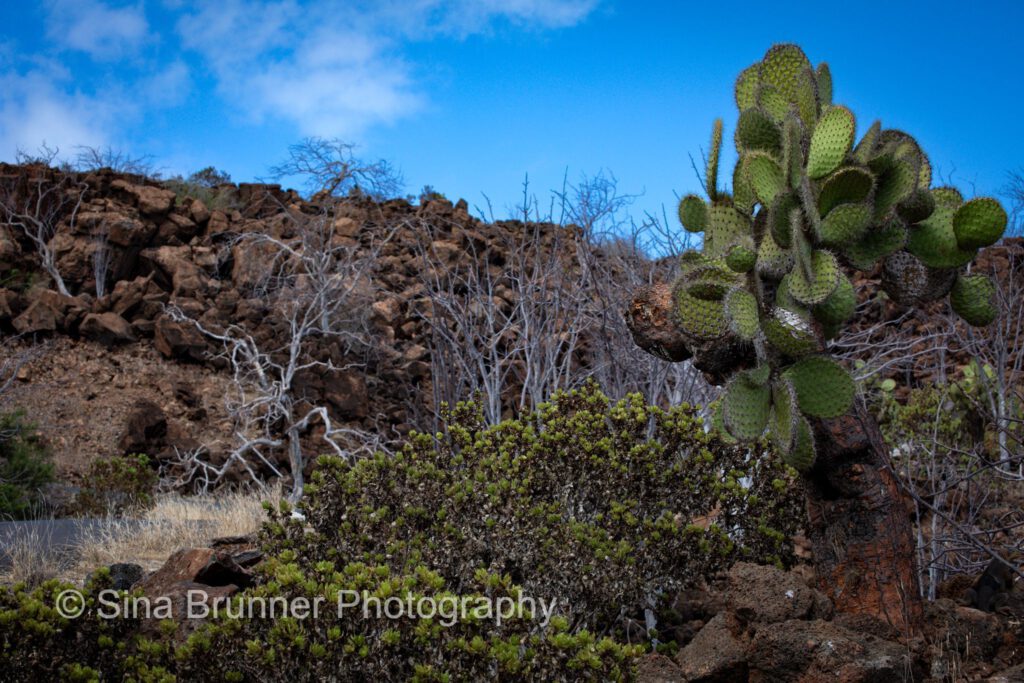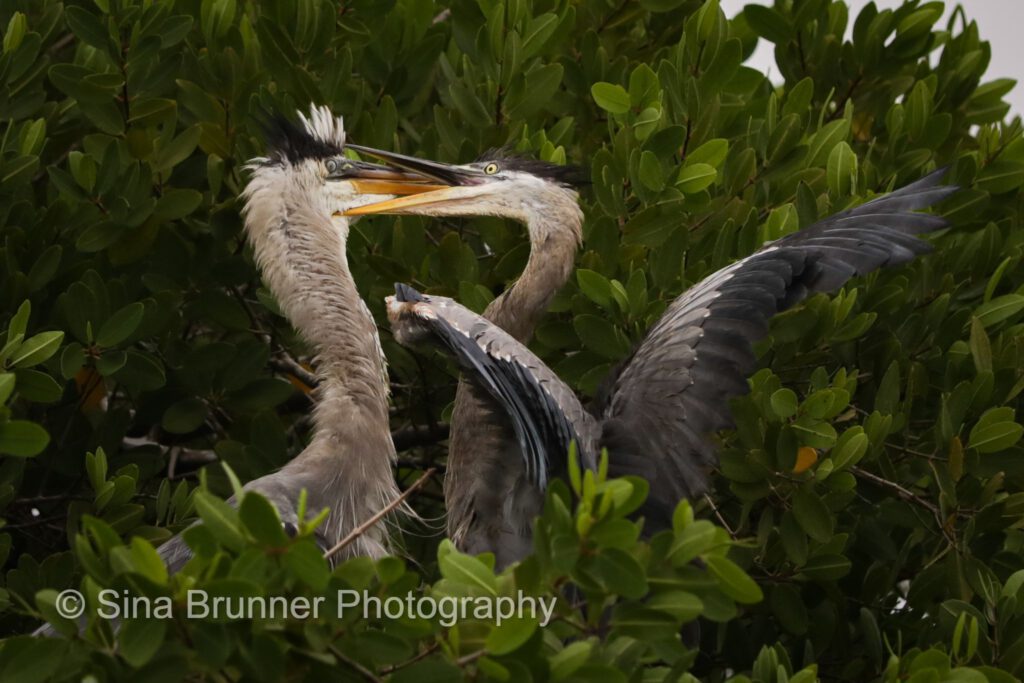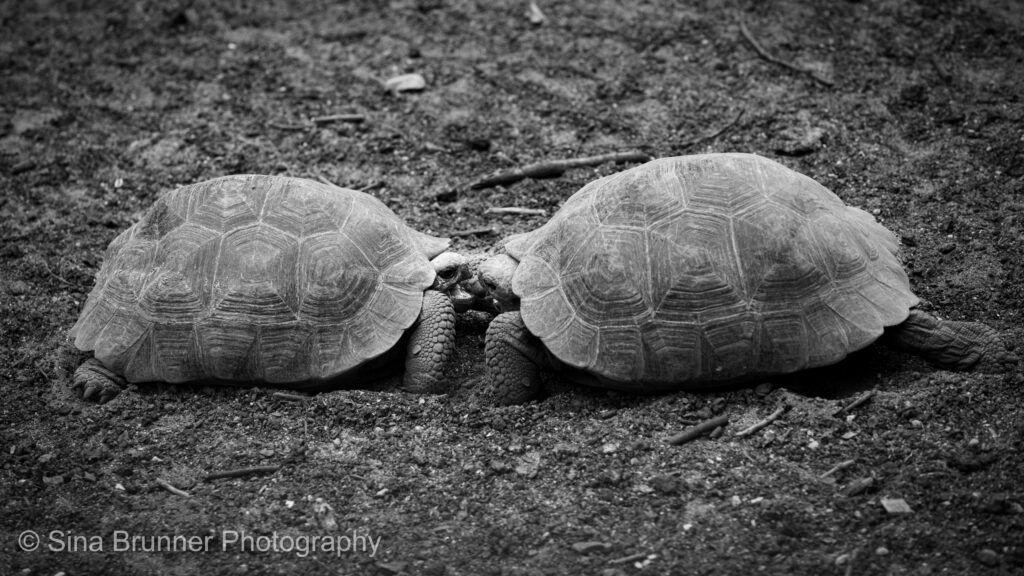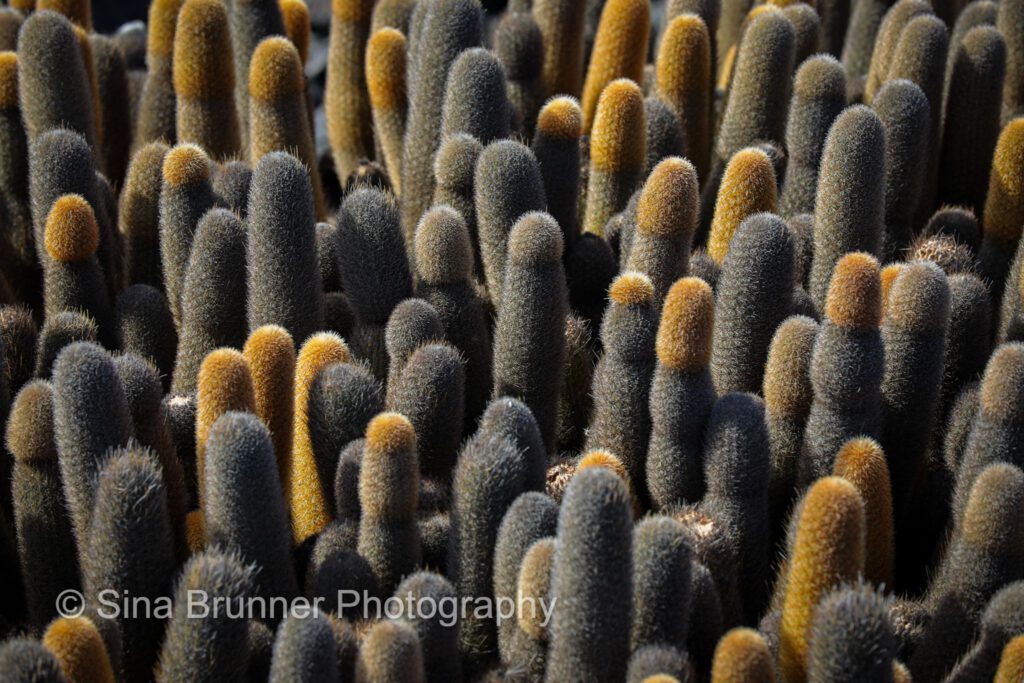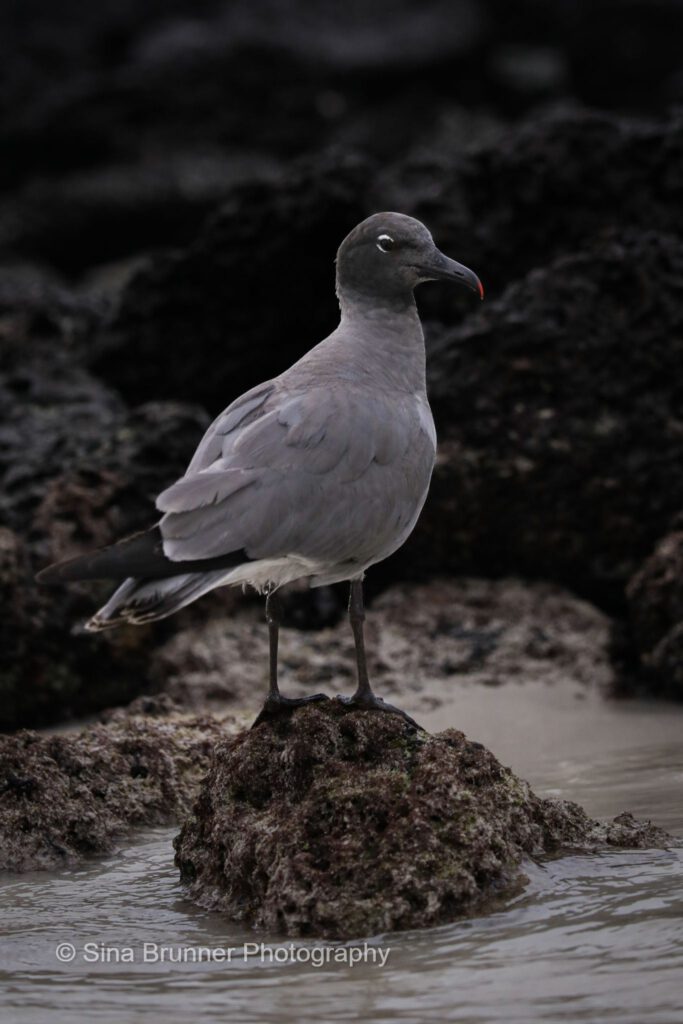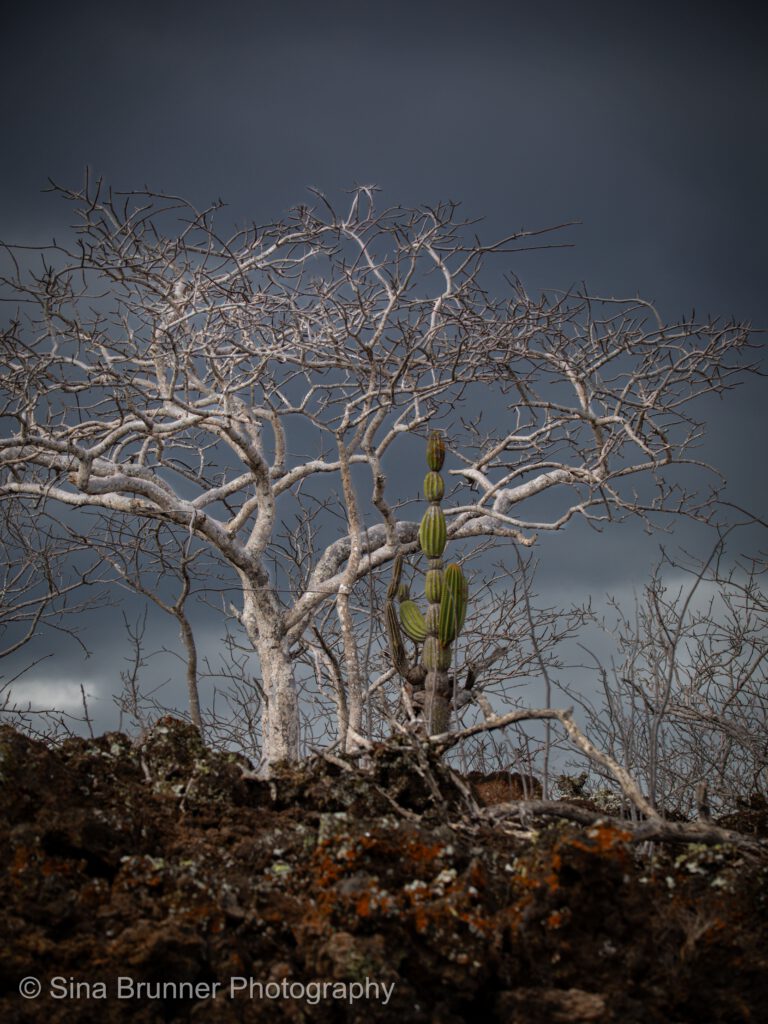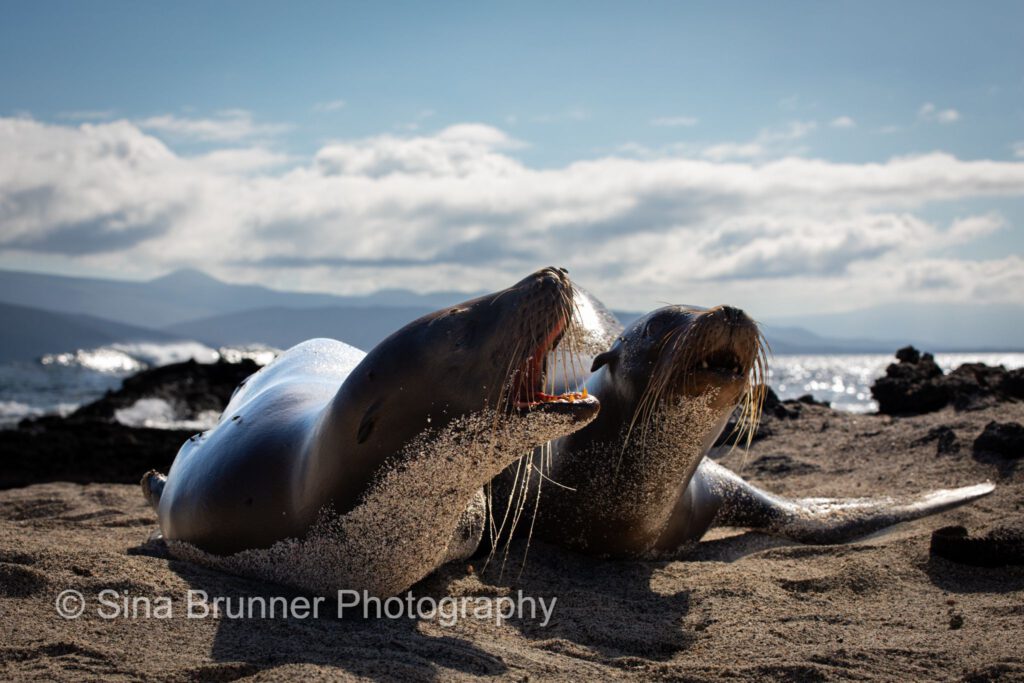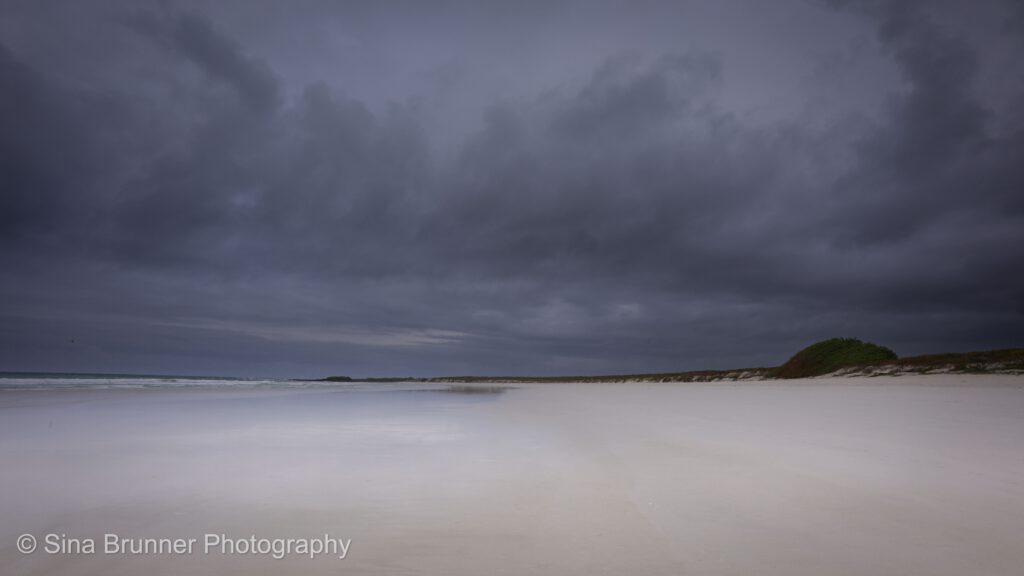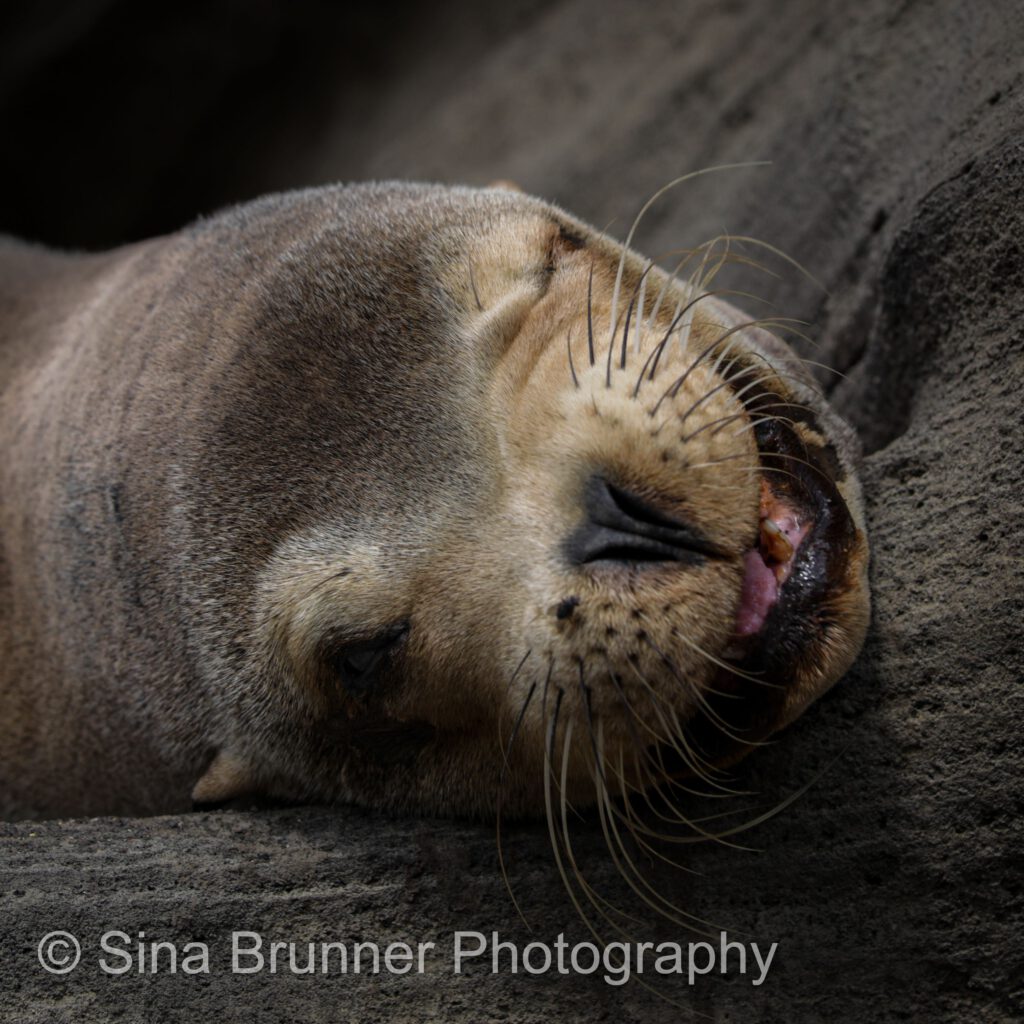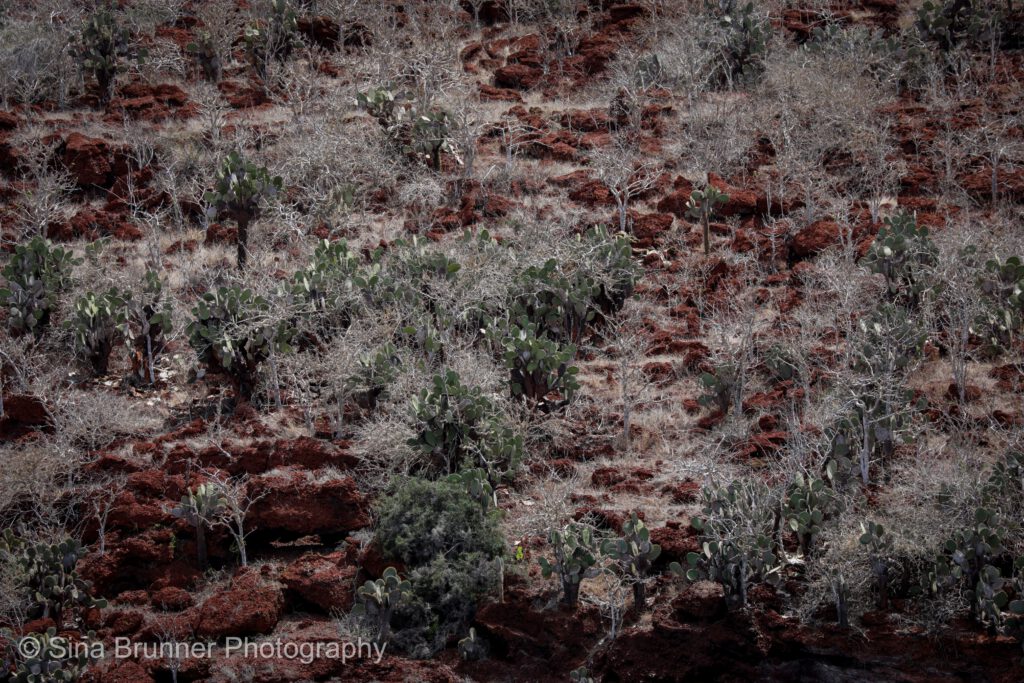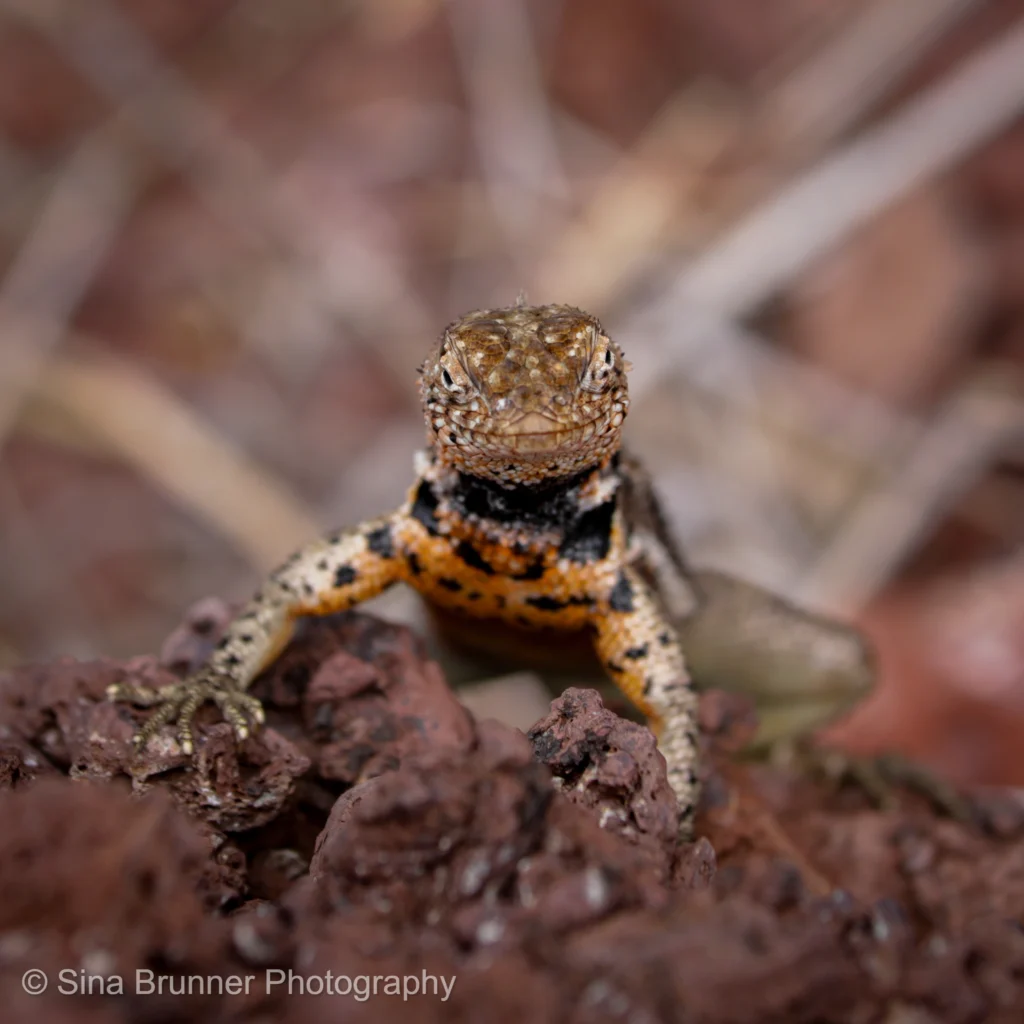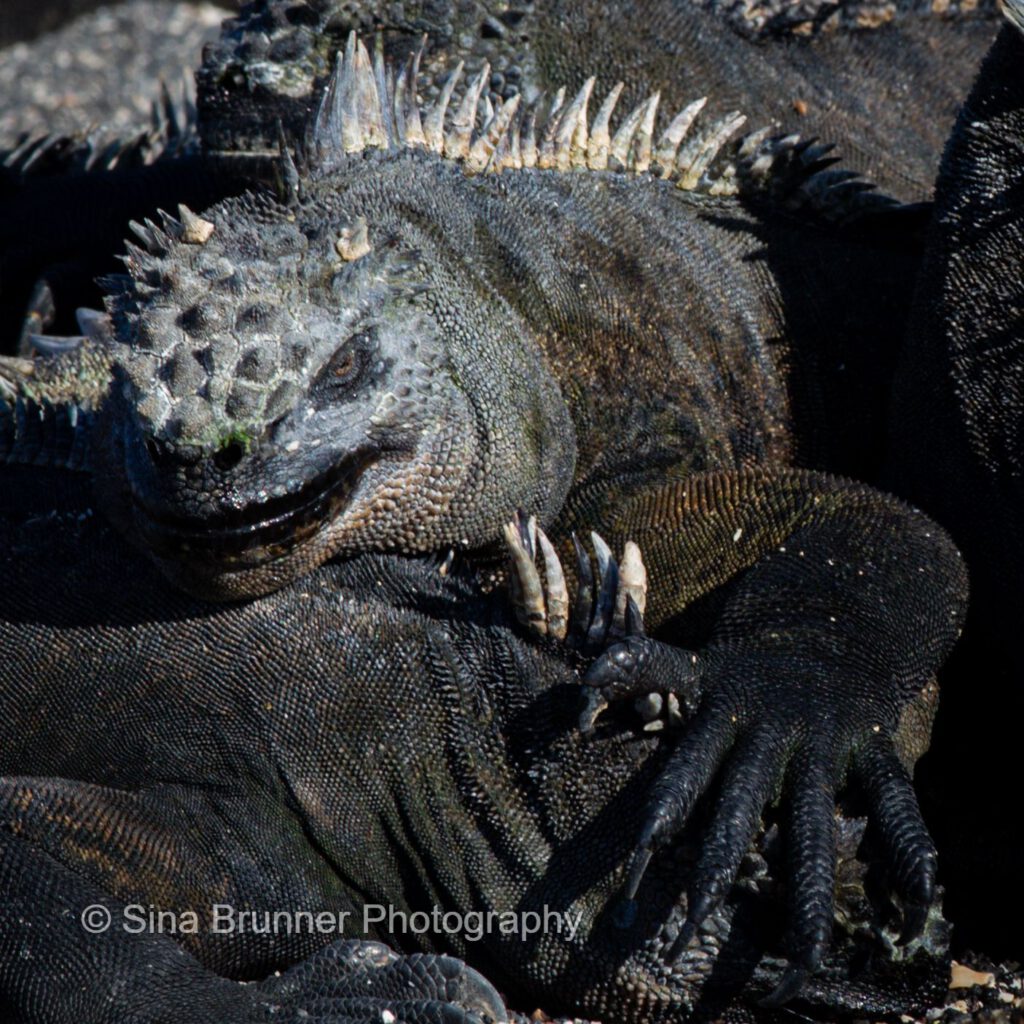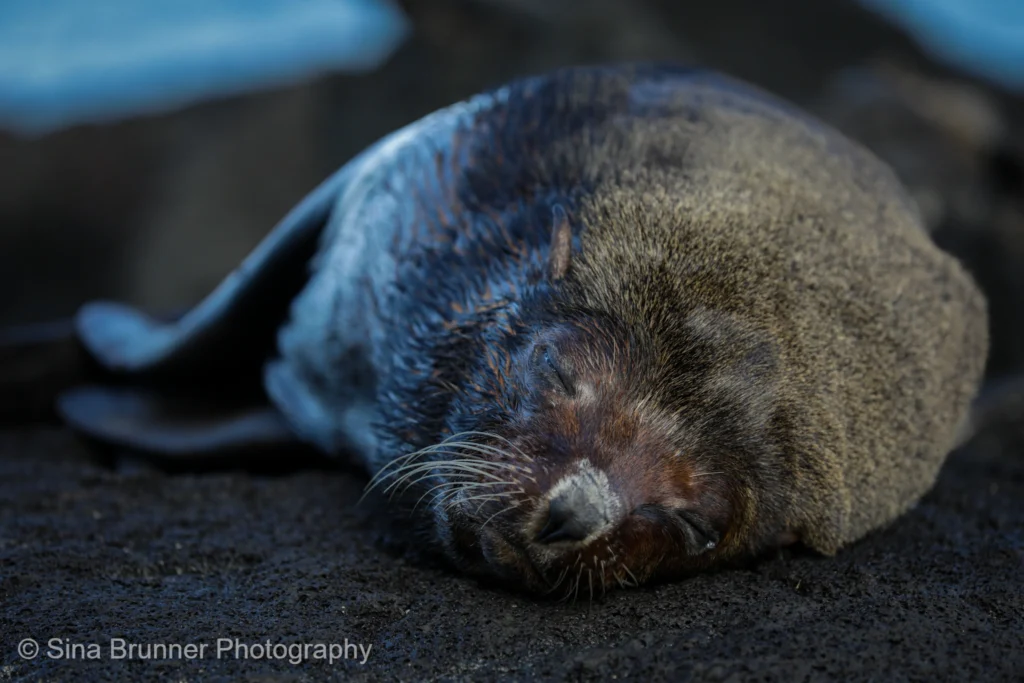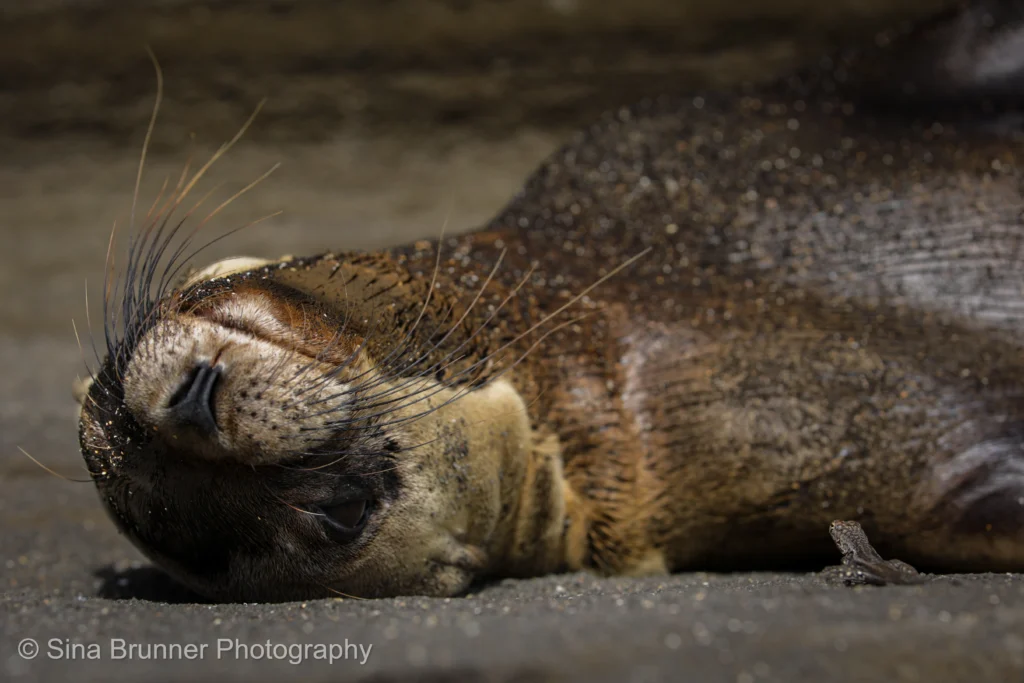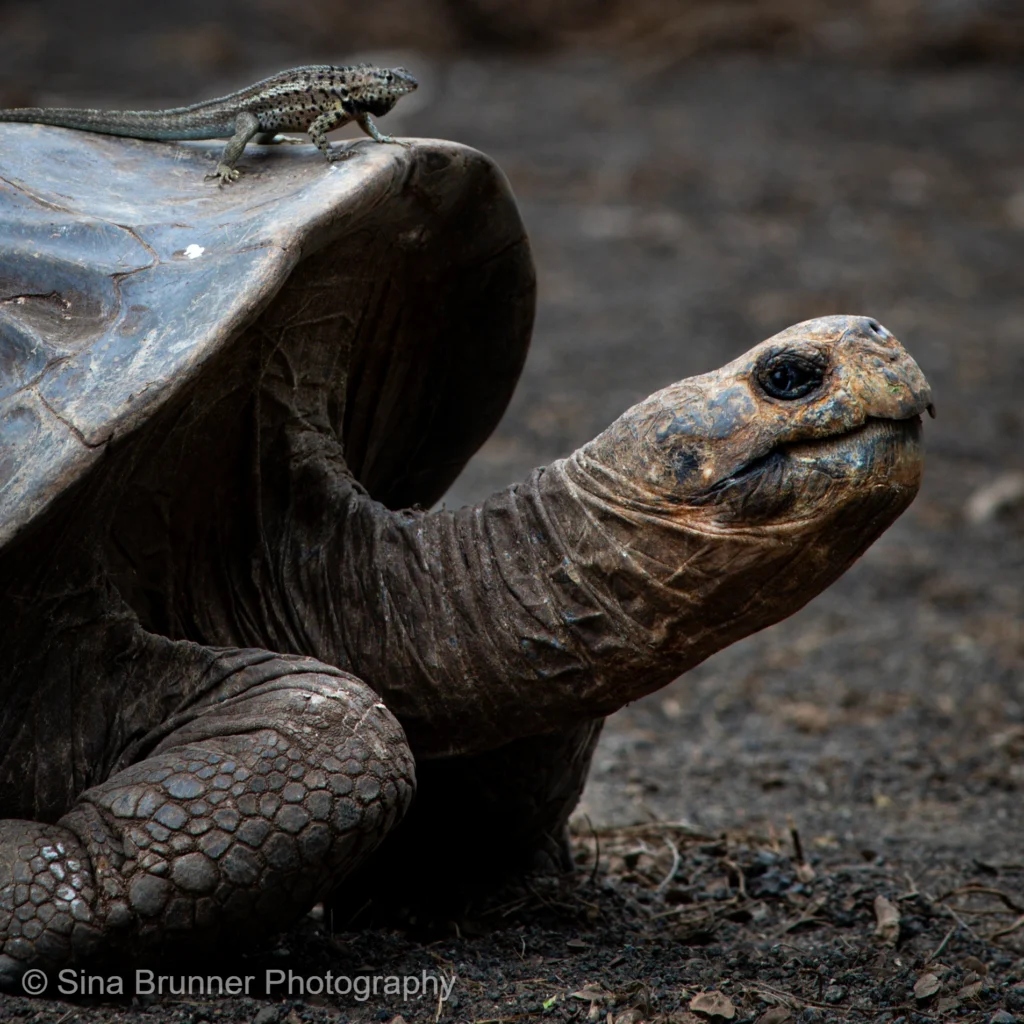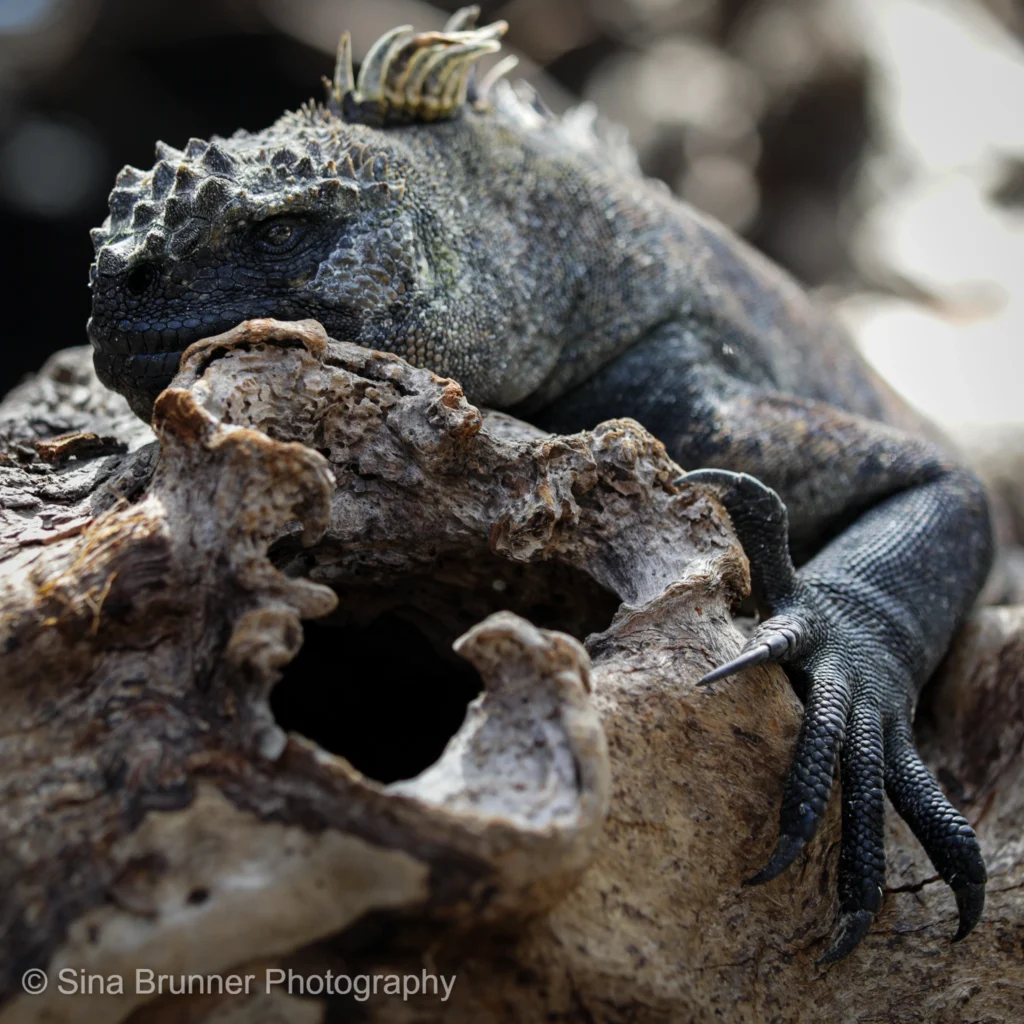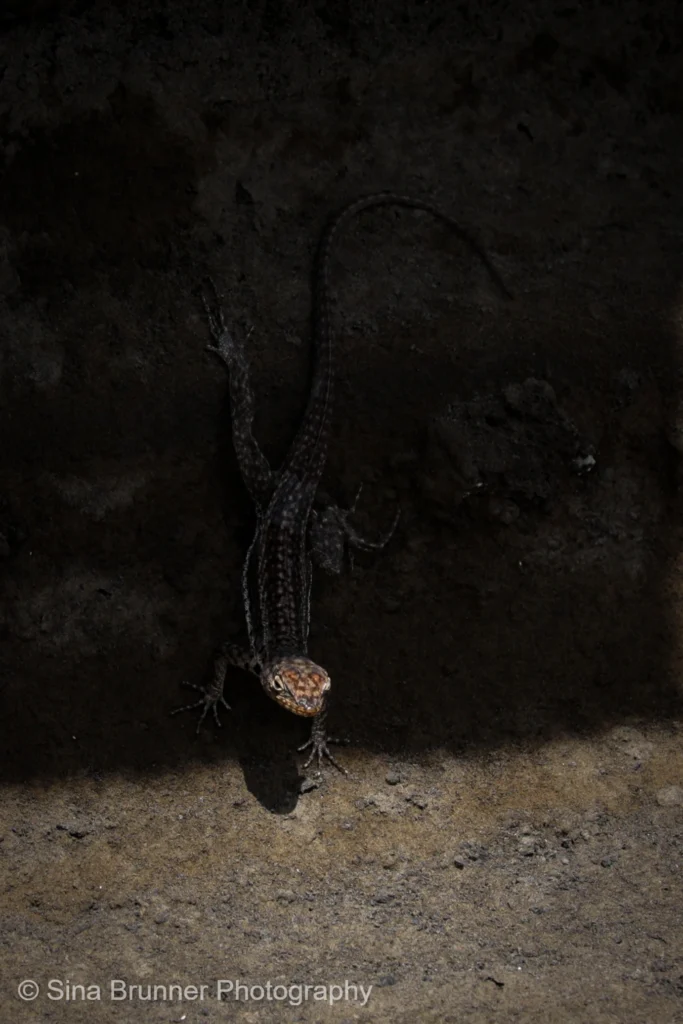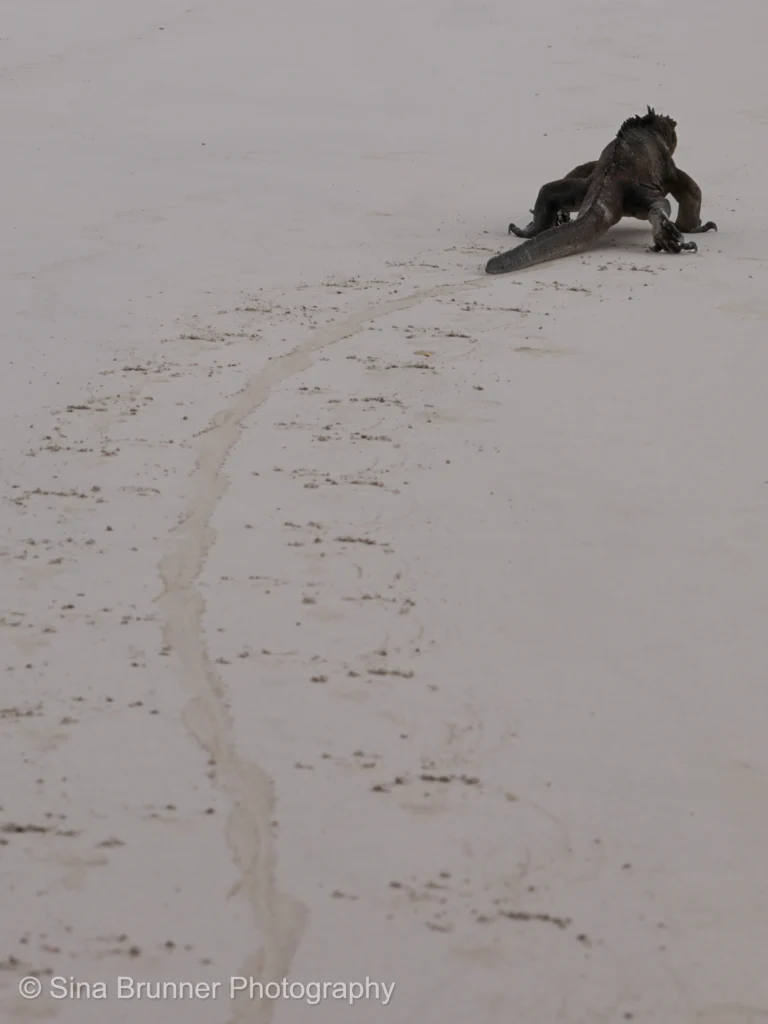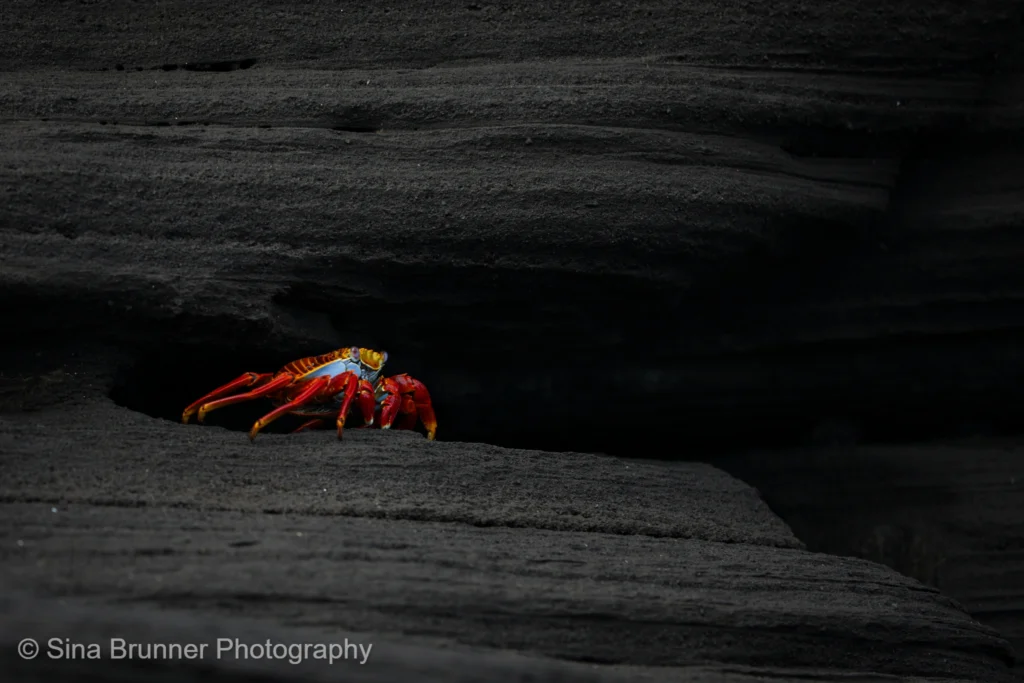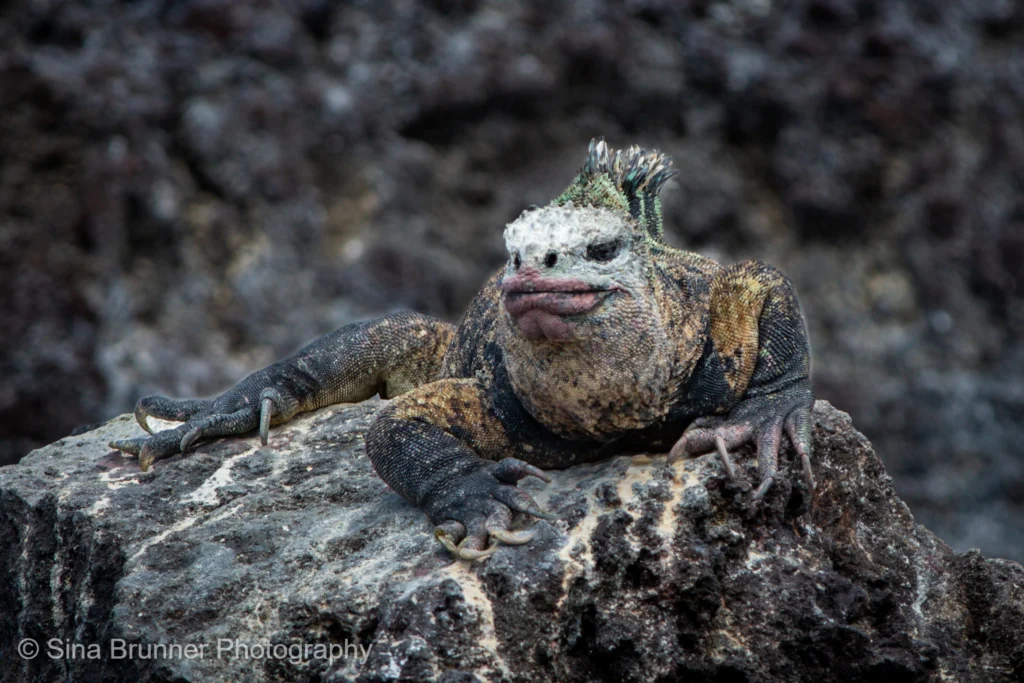The Beauty Of Galapagos:
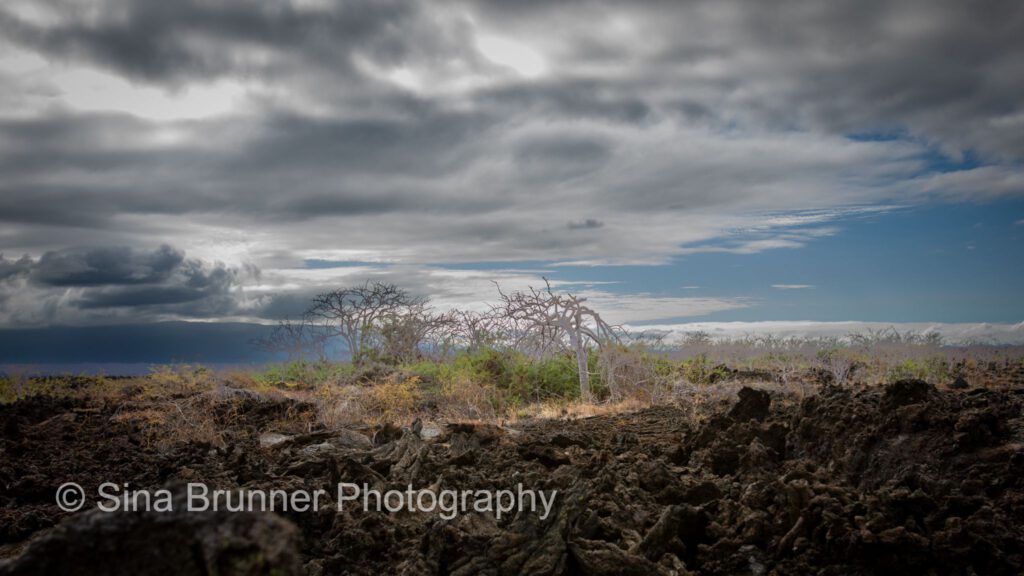
In January 2024, I was lucky enough to finally be able to travel to Galapagos. A great diversity of landscapes, vegetation zones and the most interesting endemic animals awaited me there. A long-cherished dream of visiting the remote islands in the Pacific Ocean came true. There I was able to experience my personal experiences in what is probably Charles Darwin’s most famous research area for the theory of evolution with my own senses.
I was particularly fond of the marine iguanas and blue-footed boobies, each in their own way. You can find a little taster in my article.
Galapagos marine iguanas, like all reptiles, are cold-blooded animals. This means that their body temperature is not regulated by an internal heat source, but is adjusted by external influences such as temperature and solar radiation. This has a huge impact on them. As they are the only iguanas that find their food in the cold water of the Pacific in the form of algae, their body temperature cools down considerably and they can only spend up to 30 minutes in the water looking for and eating food, as otherwise they would cool down too much and become exhausted and would not be able to make it back to land.
After diving in cold water, marine iguanas need to warm up again with the help of the sun’s rays in order to increase their body temperature and resume their activity. They therefore spend a lot of time on the rocks and in the sun to stabilise their body temperature.
Climate change also has a significant impact on marine iguanas. El Niño and La Niña are natural climate phenomena that influence ocean currents and weather patterns worldwide. However, climate change is altering the frequency and intensity of these phenomena. As a result, there are more periods of warm water around the Galapagos that have a negative impact on algae growth. This means that in years of El Niño events, water temperatures rise and the availability of nutrients decreases, which inhibits algae growth. There is not enough food for the marine iguanas and many starve to death. This poses one of the greatest challenges to the survival of marine iguanas.
The most striking features of the blue-footed booby are its blue feet. These are intensely blue, especially in males during the mating season, and are used for pair formation. The intensity of the blue colouring is an indicator of the male’s health and genetics, which attracts potential mates. The males take turns lifting and presenting their feet to show their health and vigour. Blue-footed boobies feed mainly on fish, especially anchovies. The availability of fish is affected by climate change and the associated changes in water temperatures and ocean currents. Higher water temperatures can change the distribution and behaviour of fish, so blue-footed boobies may have difficulty finding their main food source. Especially during El Niño events, which are associated with higher water temperatures and reduced food production, the birds’ fishing behaviour can be significantly affected. What is particularly fascinating is that the birds dive headfirst into the sea to fish, leaving their eyes open. Each plunge leaves micro-scratches on the cornea, so that older animals have very poor eyesight and some of them die while fishing because they simply miss the rock that is under the water surface and break their necks.

